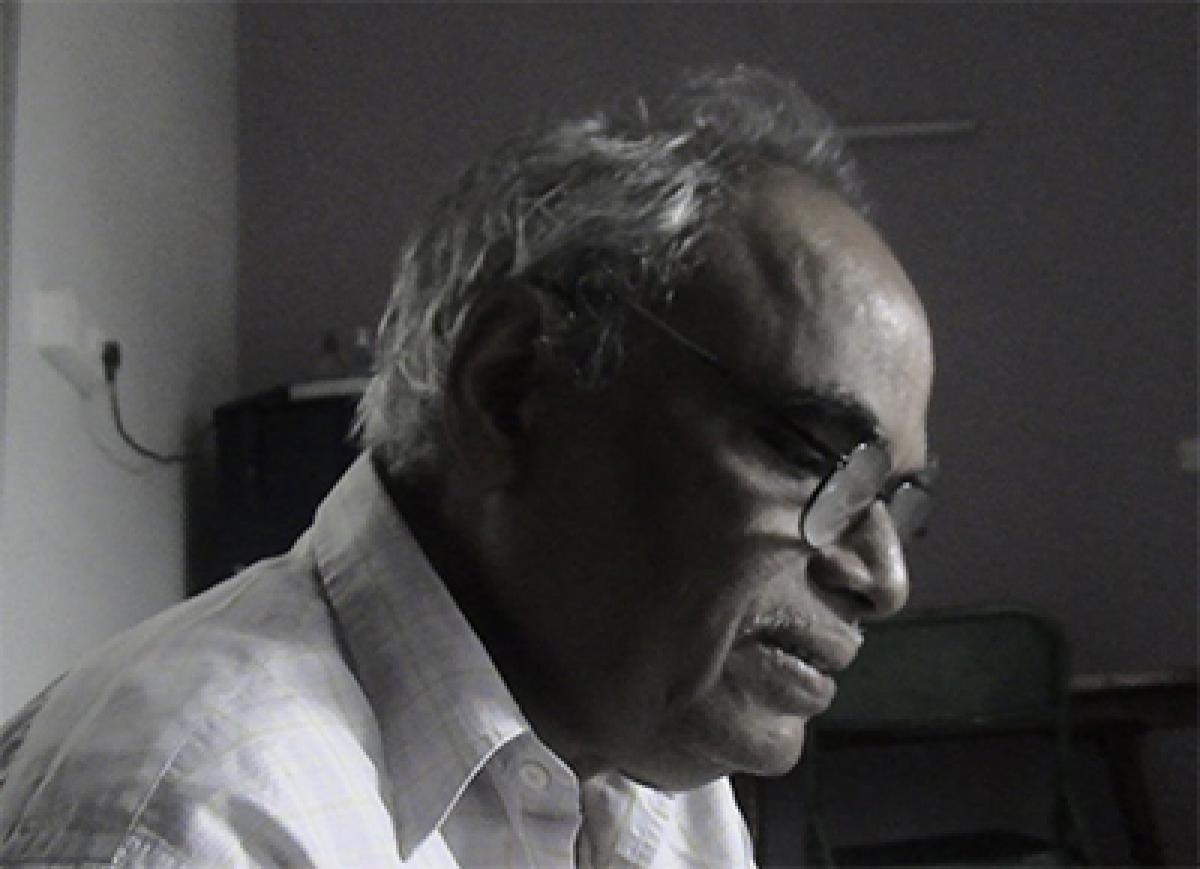Live
- G20 Leaders Will Talk About Climate, Taxes, and Trump's Return in Brazil
- COP29: CDRI announces $8 million funding for 12 projects to address climate crisis
- Anti-Telgu remarks: Actor Kasthuri Shankar moves court for bail
- Samsung AR Smart Glasses Set to Launch in 2025, Featuring Ray-Ban Meta-Like Design
- Kerala Industries Minister confident that new policy will boost plantation sector
- Madras HC plans inter-departmental monitoring committee to combat drug use in TN
- Bihar: Spotted deer dies due to heart attack in Banka district
- Mushtaq Ali T20: Shami to spearhead Bengal bowling attack, Gharami named captain
- Kharge's clarion call to oust Maharashtra's BJP-backed MahaYuti
- Why Ukraine’s Use of US Missiles Against Russia Could Lead to World War 3
Just In

Who is the father of the English novel? It has been one of the most fascinating and challenging questions since the 18th century. It has also been a springboard to discuss the rise of the novel in the critical texts and also in classrooms.
.jpg) It is said that Telugu short stories were influenced by English and national literature since the beginning. Gurajada Apparao’s ‘Diddubatalu’, which was a collection of Telugu short stories is a by-product of Vivina Murthy’s effort of creating a database for Telugu short stories at Kathanilayam, Srikakulam, and this gives an opportunity to thank him profusely
It is said that Telugu short stories were influenced by English and national literature since the beginning. Gurajada Apparao’s ‘Diddubatalu’, which was a collection of Telugu short stories is a by-product of Vivina Murthy’s effort of creating a database for Telugu short stories at Kathanilayam, Srikakulam, and this gives an opportunity to thank him profusely
Who is the father of the English novel? It has been one of the most fascinating and challenging questions since the 18th century. It has also been a springboard to discuss the rise of the novel in the critical texts and also in classrooms. The list of great writers, who make a strong claim to be the father of the English novel include John Bunyan (The Pilgrim’s Progress-1678); Joseph Addison and Richard Steele (Coverley’s Papers from The Spectator- 1711); Jonathan Swift (Gulliver’s Travels-1726); and above all, the invincible Daniel Defoe (Robinson Crusoe-1719).

© 2024 Hyderabad Media House Limited/The Hans India. All rights reserved. Powered by hocalwire.com







